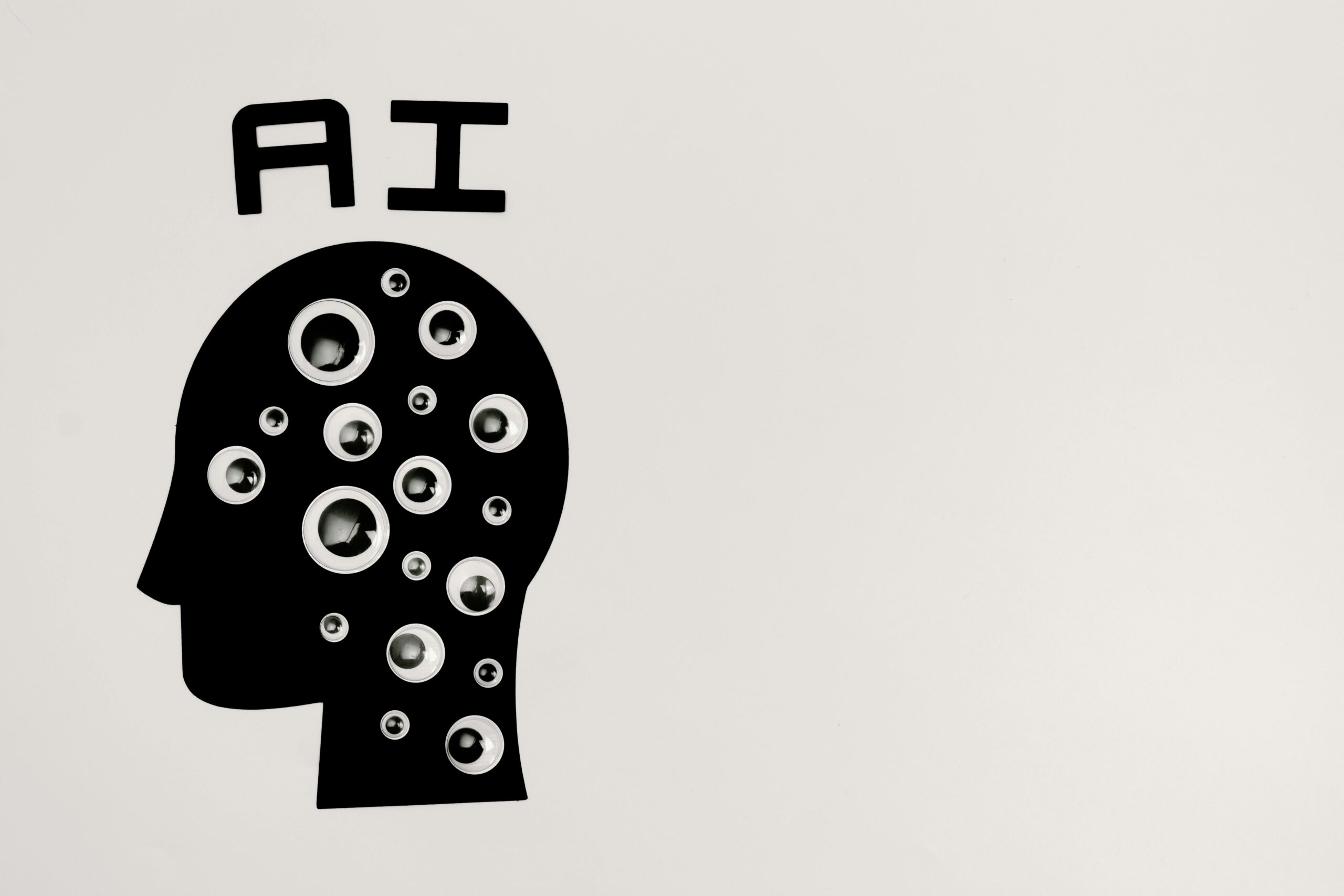The Future of Multimodal AI (Text, Image, Audio Combined)
Artificial Intelligence (AI) is no longer limited to understanding isolated inputs such as text, images, or audio separately. A transformative shift is underway: the rise of multimodal AI, systems capable of processing and integrating multiple forms of data simultaneously. By combining text, images, audio, video, and even sensor data, multimodal AI models can understand context with a depth and nuance far beyond unimodal systems. As the field advances, multimodal AI is set to revolutionize industries from healthcare to education, entertainment to defense.
This article explores the current state, emerging technologies, future possibilities, and challenges in the future of multimodal AI.
What is Multimodal AI?
Multimodal AI refers to artificial intelligence models designed to process and understand information from multiple modalities—such as text, images, audio, video, and even touch (haptics). Unlike traditional AI models that specialize in a single domain (for example, text-only chatbots or image classifiers), multimodal systems integrate different types of input to generate more holistic, context-rich understanding and output.
Examples of Multimodal AI:
-
AI assistants that can understand voice commands, interpret gestures, and respond with synthesized speech.
-
Medical diagnostic tools that combine patient history (text), medical imaging (X-rays, MRIs), and biometric data (audio from heartbeats) to deliver better diagnostics.
-
Virtual reality systems that use voice, facial expressions, and body language to create interactive, immersive experiences.
Evolution of Multimodal AI
The concept of multimodal learning isn’t entirely new. Early versions existed in the form of image captioning models or speech-to-text systems. However, recent advancements in neural architectures—especially Transformers and large foundation models—have accelerated progress exponentially.
Key milestones include:
-
2014-2015: Image captioning models like Show and Tell (Google) emerged.
-
2017: The Transformer architecture (introduced by Vaswani et al.) laid the groundwork for cross-modal attention mechanisms.
-
2020: OpenAI introduced CLIP, a model trained on image-text pairs, capable of zero-shot learning across tasks.
-
2022-2024: Multimodal foundation models like OpenAI’s GPT-4o, Meta’s ImageBind, and Google’s Gemini started integrating text, image, audio, and video in a single architecture.
Today, the focus has shifted from building single-purpose models to universal multimodal models capable of understanding and generating different types of data seamlessly.
How Multimodal AI Works?
Multimodal AI architectures generally follow a three-step approach:
-
Modality-Specific Encoders: Each input type (text, image, audio) is processed through specialized encoders to extract feature representations.
-
Fusion Layer: Features from different modalities are combined, often using cross-attention or other fusion techniques.
-
Task-Specific Decoders: Depending on the end goal—such as answering a question, generating an image, or summarizing audio—the fused representation is processed through decoders tailored to the task.
Training multimodal models requires massive datasets containing aligned pairs or triplets across modalities, which presents both technical and ethical challenges.
Applications of Multimodal AI
1. Healthcare
Multimodal AI can integrate patient history (text), radiological images, and even voice recordings of symptoms to offer better diagnostics. AI models like PathAI and others are already enhancing the detection of diseases like cancer.
2. Entertainment and Content Creation
Multimodal AI is powering next-gen entertainment:
-
Generating movies from text scripts.
-
Creating audiobooks with synthetic yet expressive voices.
-
Interactive games where characters respond to both voice and facial expressions.
3. Robotics
Robots enhanced with multimodal understanding can better navigate complex environments, understand commands, and interact socially with humans. Combining vision, touch, and language understanding makes them more versatile.
4. Education
AI tutors can now listen to a student’s questions, analyze their handwritten notes, and even interpret emotional cues from facial expressions to provide personalized learning experiences.
5. Accessibility
For people with disabilities, multimodal AI offers new hope:
-
Visual scene descriptions for the visually impaired.
-
Real-time translation of sign language to speech or text.
The Role of Large Foundation Models
Foundation models are giant models trained on broad data at scale that can be adapted to a wide range of tasks. In multimodal AI, foundation models play a central role by:
-
Scaling across modalities: GPT-4o and Gemini combine text, images, and audio, setting new benchmarks in understanding and generation.
-
Zero-shot and few-shot learning: Once trained, these models can adapt to new tasks with minimal examples, making them extremely flexible.
-
Cross-modal generation: Create images from text, generate descriptions from videos, or synthesize music based on visual scenes.
In the future, we can expect more multimodal agents that not only understand but autonomously reason across different modalities.
Future Trends in Multimodal AI
1. Unified Multimodal Models
Instead of maintaining separate systems for each input type, future AI systems will integrate all data types into a single, coherent architecture, making interactions more natural and powerful.
2. Real-time Multimodal Understanding
Models will become fast enough to interpret and respond to multiple types of inputs (text, video, audio) in real-time, enabling better virtual assistants, gaming environments, and social robots.
3. Personalized Multimodal Agents
Future AI will not only understand general multimodal inputs but will personalize responses based on an individual’s specific voice, behavior, emotional patterns, and preferences.
4. Cross-modal Generation
Imagine generating a music piece that matches a painting, or creating a VR environment based purely on a story you tell. Cross-modal generation will blur the lines between different types of creative expression.
5. Emotion and Intent Recognition
Future multimodal AI will better detect human emotions and intents by analyzing voice tones, facial expressions, and text simultaneously, leading to more empathetic machines.
Read More: How AI is Reshaping Edge Computing?
Challenges Facing Multimodal AI
1. Data Alignment and Availability
Training effective multimodal models requires huge amounts of aligned data (text + image + audio, etc.). Creating and curating such datasets is expensive, and can raise privacy concerns.
2. Computational Demands
Training large multimodal models requires enormous computational resources, posing challenges in terms of sustainability and accessibility for smaller organizations.
3. Bias and Fairness
Biases inherent in training data can get amplified across multiple modalities. For example, racial or gender biases could appear not just in text but in image and audio outputs too.
4. Interpretability
Understanding why a multimodal AI model makes a certain decision is much harder than in unimodal systems because multiple streams of data interact in complex ways.
5. Security Risks
Multimodal AI opens new attack vectors:
-
Deepfakes combining fake audio, video, and text.
-
Manipulated datasets tricking models into misinterpretation across modalities.
Addressing these threats will be critical for the safe deployment of multimodal AI.
Ethical Considerations
As multimodal AI becomes more powerful, ethical concerns must be front and center:
-
Consent and privacy: Users must know when and how their multimodal data (voice, face, text) is collected and used.
-
Transparency: Clear explanations about AI decision-making processes across modalities.
-
Control and Accountability: Mechanisms to contest or correct AI decisions, especially when deployed in sensitive areas like healthcare, education, or law enforcement.
Future frameworks like “Explainable Multimodal AI” will be crucial.
Conclusion
The future of multimodal AI promises profound changes across industries and in our daily lives. By bridging the gap between how humans naturally experience the world—through sight, sound, and language—and how machines understand it, we are moving closer to true human-machine symbiosis.
Yet, this future also brings significant challenges in ethics, data management, bias mitigation, and system safety. Addressing these proactively will determine whether multimodal AI becomes a tool for empowerment or a source of new risks.
The coming decade will be pivotal. Multimodal AI will either enhance creativity, democratize access to knowledge, and improve lives—or it will deepen inequalities and introduce complex new dilemmas. How we guide its development today will shape the world of tomorrow.


